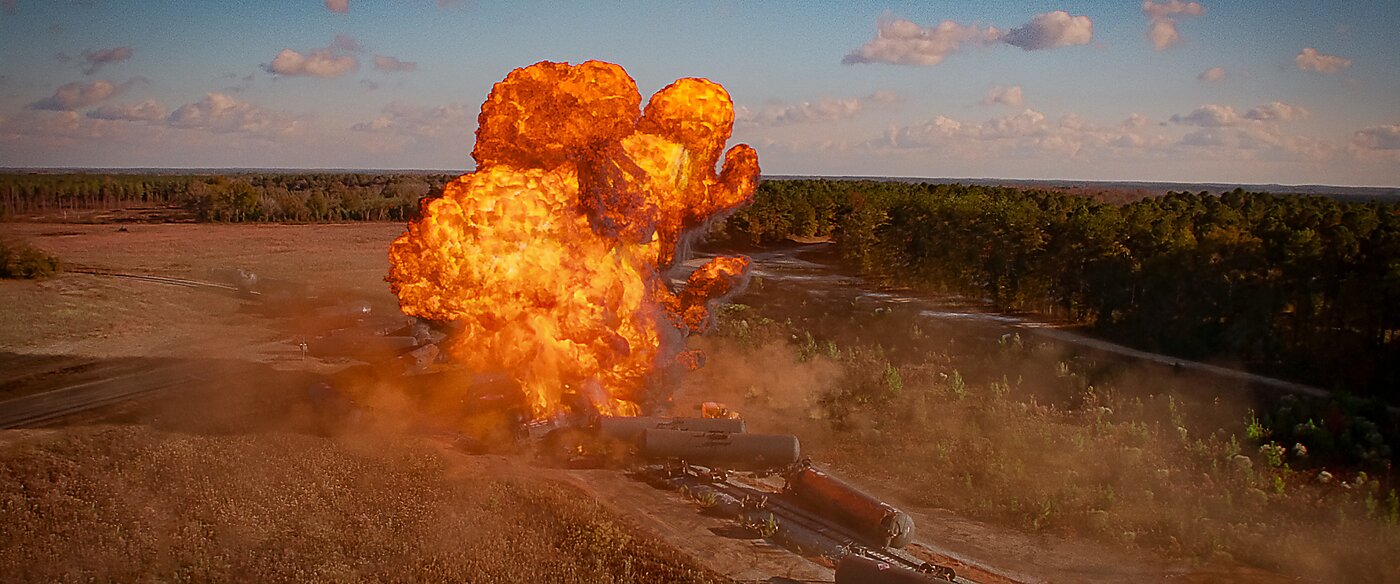Take a second and think about how you heard about the recent train derailment in Ohio, which created a giant cloud of toxic chemicals and forced a mass evacuation. It’s the plot of White Noise come to life.
If you’re reading this, then odds are you first heard about the crash online. But if you’re one of the dwindling number of people who rely on local newspapers and tv station for news, then you’ll likely have seen stories that mostly just repeat official statements from the authorities.
“If you are in this red zone that is on the map, and you refuse to evacuate, you are risking death,” said PA Governor Josh Shapiro. Ohio’s Governor Mike Dewine avers, “We were in a position where we had to weigh different risks with no great choices.”
If you’re lucky, maybe you also got a man on the street style interview from a nearby resident. That’s generally the stuff of local news reporting: official statements + neighbor reaction.
Now contrast that to how I—and one million other people thus far—learned key details about the train derailment: a TikTok video created by an entrepreneur and industrial designer from nearby Pittsburgh. In under three minutes, I learned to appreciate the drastic difference between the release of vinyl chloride and polyvinyl chloride, how the crash has released a million pounds of a substance for which the safe exposure limit is sub-*one part per million*, and how burning it off ultimately creates clouds of hydrochloric acid.
As an artifact of news reporting, that TikTok video provided information that was several levels of order higher than anything you could find in print or on the air at the time. Indeed, the creator mentioned how local news was just gullibly parroting whatever the company and/or government line happened to be.
I’m reminded of how when we talk about the decline of local news, it’s natural to frame the conversation around the hunt for sufficient substitutes to fill a civic role traditionally played by local newspapers and tv/radio stations. But maybe we shouldn’t be so fixated on substitution—which implies a one-to-one comparison—when much of what we’re seeing emerge from that vacuum is actually superior to traditional local news in a variety of ways.
Think about the purpose of local news, inasmuch as it wasn’t primarily about selling ads. The goal was to quickly gather and report local opinion and official knowledge about current events. But in a social media age with discovery-fueled platforms like TikTok and Substack, we no longer need professional intermediaries to do the gathering work for us. (Though I think there’s still an important role for professional journalists to play as curators of reporting that organically bubbles up on these platforms.) A quarter of Generation Z relies on TikTok as a major news source; 40% useTikTok and Instagram instead of Google to search for local information.
It’s a paradigm shift that’s generationally stratified but which will ultimately transform every aspect of the information discovery process, from sports to culture to news.
This is an excerpt crossposted from Paul Matzko’s Substack. To read the rest, click through and consider subscribing for more related content.

